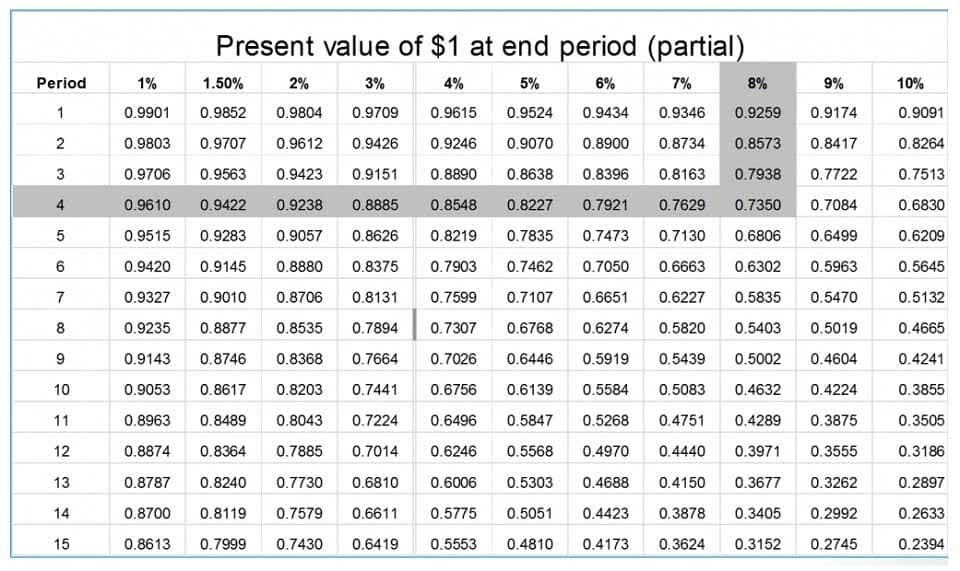
In fundamental analysis, comparing debt ratios versus industry peers also offers useful context for evaluating petty cash financial health and default risk. Investors should dig deeper into the footnotes and management discussions to understand the impact of complex capital structures. Another shortcoming is that the debt ratio is misleading when comparing companies of different sizes.

Ask Any Financial Question
- Users add all company’s assets to get the total assets and find the sum of the debt for the total debt they possess.
- On the other hand, a low debt ratio, typically below 0.3 or 30%, suggests a company primarily uses equity to finance its operations.
- Firms in slow-changing industries like consumer staples often thrive with little debt.
- However, it’s important for investors and financial analysts to interpret the debt ratio in the context of the overarching economic conditions and within the specific industry framework.
- Debt-to-income ratio, commonly abbreviated as DTI, measures a home buyer’s ability to manage monthly payments and repay debts to creditors.
- However, liability and debt being two different terms might lead to discrepancies in the values obtained.
During the last three years, Qiagen generated free cash flow amounting to a very robust 90% of its EBIT, more than we’d expect. Zooming in on the latest balance sheet data, we can see that Qiagen had liabilities of US$1.13b due within 12 months and liabilities of US$1.61b due beyond that. Offsetting these obligations, it had cash of US$1.48b as well as receivables valued at US$366.3m due within 12 months. So it has liabilities totalling US$893.6m more than its cash and near-term receivables, combined. A higher ratio might raise concerns about your ability to handle loans, potentially impacting your credit score adversely. Maintaining a low debt-to-credit ratio is not just a lender preference; it’s a strategic move to safeguard your credit health and enhance your borrowing the debt ratio is used potential.

How confident are you in your long term financial plan?

The debt ratio and leverage ratio are two related but distinct financial metrics. The debt ratio measures a company’s total debt as a percentage of its total assets. It shows what proportion of a company’s assets are financed through debt rather than equity. The leverage ratio more broadly measures how much debt a company uses to finance its assets. While the debt ratio only looks at total debt, the leverage ratio takes into account other liabilities and off-balance sheet items. So, while the debt ratio focuses narrowly on debt, the leverage ratio provides a more comprehensive picture of how leveraged or risky a company’s capital structure is.
How to Lower Your DTI
Conversely, a company with a low ratio of debt to assets potentially has more financial flexibility. Such companies may have higher available income as they don’t have to meet substantial debt obligations. The ratio represents its ability to hold the debt and be in a position to repay the debt, if necessary, on an urgent basis.
- The long-term debt ratio focuses specifically on a company’s long-term debt (obligations due in more than a year) relative to its total assets or equity.
- If your debt levels are high, shop with multiple mortgage lenders to find the best deal.
- Businesses with a high debt ratio can struggle to service their debts, leading to potential insolvency.
- This is because a 0% ratio means that the firm never borrows to finance increased operations, which limits the total return that can be realized and passed on to shareholders.
- We’ve understood the basic concept of debt ratios, but how do we interpret them?
- It does not constitute a recommendation to buy or sell any stock, and does not take account of your objectives, or your financial situation.
Maximum debt-to-income ratios for popular mortgage programs

Up next, we’ll look at how you can use debt ratio in guiding your investment decisions. But before that, let’s prepare ourselves for the process of deciphering the implications of different debt ratios. Learn how to build, read, and use financial statements for your business so you can make more informed decisions. When viewing the two companies, side by side, you’ll notice that even though Super Co. has more assets than Mega Co., they also have more debt. Since Mega Co. has a lower debt ratio than Super Co., Izzy the investor is more likely to invest in Mega.
What other metrics should an investor take into account?

It’s great to compare debt ratios across companies; however, capital intensity and debt needs vary widely across sectors. The financial health of a firm may not be accurately represented by comparing debt ratios across industries. Bear in mind how certain industries may necessitate higher debt ratios due to the initial investment needed. A debt ratio greater than 1.0 (100%) tells you that a company has more debt than assets.
- Now let’s take a look at 7 different debt ratios and why they all matter for your small business.
- The debt ratio is a great way to find out how well a company’s operations are going in relation to debt.
- Then the cycle of generating good earnings and cash flow returns on assets begins again.
- Debt to equity and debt to capital both show how much you owe to creditors vs. how much you’d keep if you sold all business assets today.
- The higher the debt ratio, the more leveraged a company is, implying greater financial risk.
- A debt ratio of 0.5 means that a company has half of its assets financed by debt.
To use the debt ratio as a sustainability metric, think of it as a measure of a company’s long-term fiscal responsibility. This takes into account both internal operations and the external economic climate. A low debt ratio implies the company is conservatively financed, has ample capacity to take on more debt if needed, and has less risk of financial distress. While higher leverage boosts returns in good Food Truck Accounting times, low leverage provides more stability in difficult periods.

 Detalles Solidarios
Detalles Solidarios HAZTE VENDEDOR
HAZTE VENDEDOR